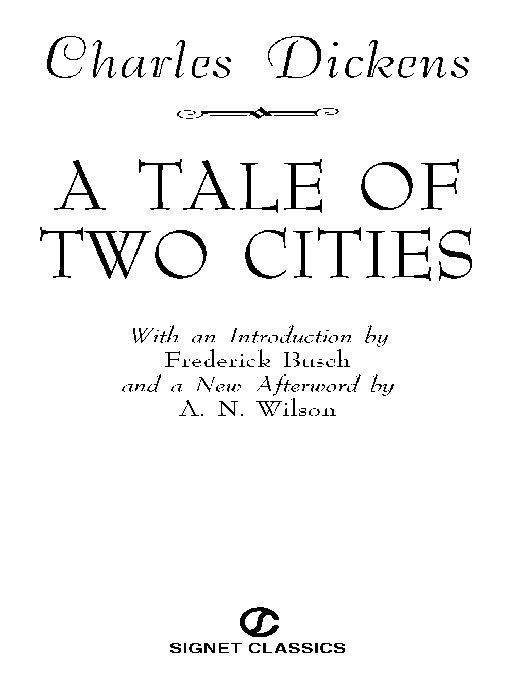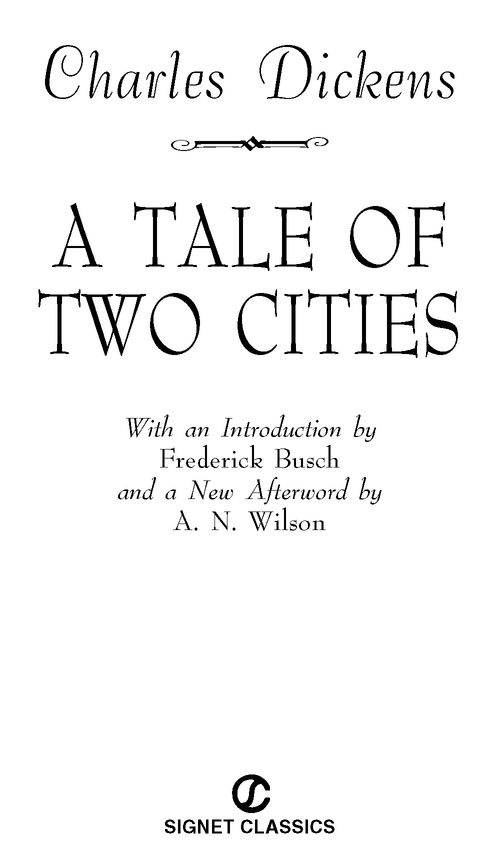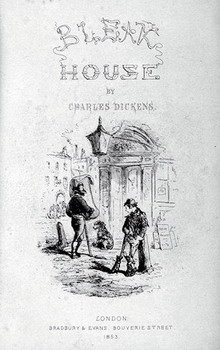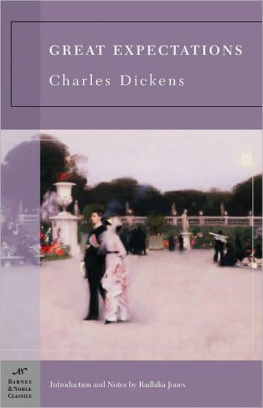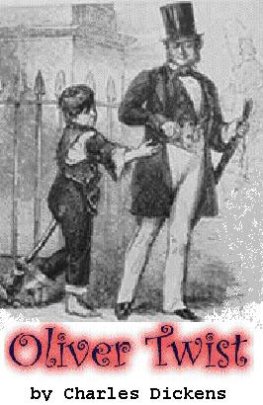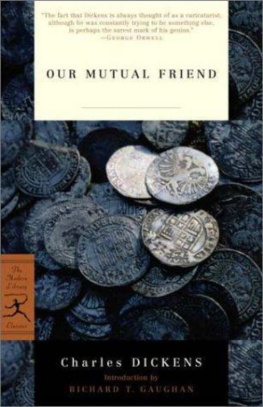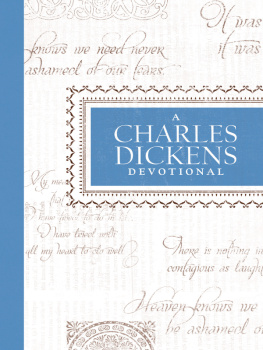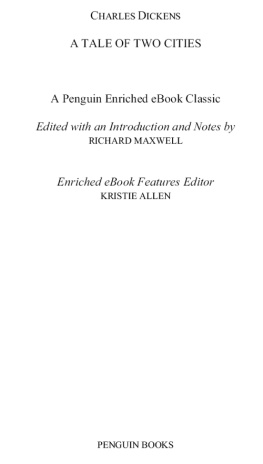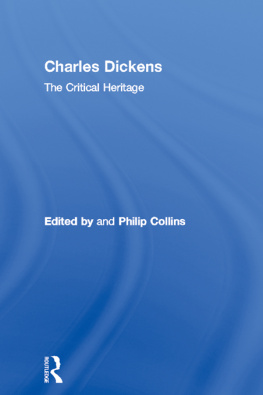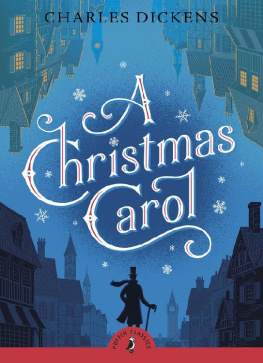Table of Contents
As a child, Charles Dickens (1812-70) came to know not only hunger and privation, but also the horror of the infamous debtors prison and the evils of child labor. A surprise legacy brought release from the nightmare of prison and slave factories and afforded Dickens the opportunity of two years formal schooling. He taught himself shorthand and worked as a parliamentary reporter until his writing career took off with the publication of Sketches by Boz (1836) and The Pickwick Papers (1837). As a novelist and magazine editor, Dickens had a long run of serialized success through Our Mutual Friend (1864-65). In later years, ill health slowed him down, but he continued his popular dramatic readings from his fiction to an adoring public, which included Queen Victoria. At his death, The Mystery of Edwin Drood remained unfinished.
Distinguished writer, teacher, and critic Frederick Busch is the author of more than twenty works of fiction, including North, Girls, and The Mutual Friend, a novel about Charles Dickens.
A. N. Wilson was born in 1950 and educated at Rugby and New College, Oxford. A Fellow of the Royal Society of Literature, he has held a prominent position in the world of literature and journalism. Among his acclaimed biographies are Lives of Sir Walter Scott (John Llewellyn Rhys Prize), Tolstoy (Whitbread Award for Biography), C. S. Lewis, Hilaire Belloc, and Iris Murdoch. The Victorians, his study of the Victorian Age, and its sequel, After the Victorians, were both published to the widest critical acclaim, and he is the award-winning author of such novels as My Name Is Legion and The Healing Art.
THIS TALE IS INSCRIBED
TO THE
LORD JOHN RUSSELL
IN REMEMBRANCE OF
MANY PUBLIC SERVICES AND
PRIVATE KINDNESSES
INTRODUCTION:
THE MEASURE OF SEPARATENESS
Although most first readers of A Tale of Two Cities know its rough outlinesthe father locked away in the Bastille, the beautiful, dutiful daughter who helps him to find comfort once he is released, the frenzied slaughter of the revolution, Carton the Gothic hero, handsomely imperfect, who finds real life in his sacrificial death (the far, far better thing that I do... under the blade of the Guillotine)these readers might believe that they are opening the pages of a political or, say, historical novel. Its title sounds geographical, as if the novel were about size and distance. Like most of Dickens novels, it begins in the past, so it seems to be concerned with history. And the first words intoned by the narrative voice make up that famous sentence about the times, the age, the epoch, the season, and the fate of people in generalthe we who regarded life as either bleak or salvational. Royalty is speared on the nib of Dickens pena king with a large jaw and a queen with a plain faceand Dickens swats at the governing bodies in Paris and London. He then tightens his focus, from the fate of all humankind to the fate of the characters in his novel. And then, tightening further, he conjures Jarvis Lorry who, as his last name suggests, is to be a vehicle for the conveyance of characters and plot between England and France.
But to Dickens, all life is domestic, no matter on what scale he writes it, and no matter its political or historical context. As with all his work, the novel begins in him. And we can see it in the privacies of his writing notes and the intimacies of his emotional life. In a notebook he called Memoranda, Charles Dickens wrote story ideas, suggestions for titles, names he might use for characters in his books, and wisps of suggestion as delicate as cobwebs that, somehow, grew thicker and stronger until, years later, they resulted in his large, powerful novels. In 1855, he asks himself in his notebook, How as to a story in two periodswith a lapse of time between, like a French Drama? Below this question, he lists possible titles for such a work, and all twenty-two have to do with time. Four years later, when events and the machinations of his imagination dictate, he finally does write the book. But he joins ideas of time to ideas of space, giving the novel a geographical name, A Tale of Two Cities; Dickens illustrates how time can keep us apart as he attaches to chronological distances the mile upon mile of ocean and earth that can separate cities, nations, and the sad lovers within them.
A few pages later in the memorandum book, he writes an entry about The man who is incapable of his own happiness. One who is always in pursuit of happiness. And, later, he enters this enigmatic notation: WE, fettered together. It seems entirely possible that he refers here to his long, fecund, and increasingly unhappy marriage to Catherine, who bore ten children (nine who lived) and who grew stout and unglamorous at a time when her husband hungered for quite the opposite. As to the note about unhappiness, Dickens, who could always be extremely sensitive to his own interior needs while attending to those of his characters and his audience, often commented about what we might now call his depressed state. As he wrote to his friend Mary Boyle concerning his dark moments, I seem to always be looking at such times for something I have not found in life.
If we combine marital misery, a wretched searching for something nameless, elusive, but essential, and the idea of lovers separated by great gulfs of time and space, we have almost arrived at the critical mass of elements that resulted in the dark, brilliant Tale of Two Cities. We are in 1857 as Dickens in his sour marriage returns from France, where hes been writing Little Dorrit, and, back in London, hurls himself into the second vast section of that novel as well as the preparations for a public performance, in the converted schoolroom of his London house, of the play The Frozen Deep, written by his friend Wilkie Collins.
Dickens loved to perform publicly, whether in plays or readings of his works, for he could watch his audience react to his language and personality. He hungered for such reaction, and in the case of The Frozen Deep even more seems to have been at stake. He was to play Richard Wardour, who loves a woman with a profound passion yet who will sacrifice his life to save the life of the man who is his rival for her affection. The part seems to have conformed with his sense of, or wish for, heroism. And among the professional actresses with whom Dickens and his friends joined in presenting the play, there was a handsome, shy, intelligent eighteen-year-old with golden hair. Her name was Ellen Ternan, and the forty-five-year-old Dickens was to love her desperately until the end of his life. After the despairing passions of the performance, Dickens and Collins repaired to the resort city of Brighton for a rest, where an actor read aloud to them a play called The Dead Heart, described by Peter Ackroyd, Dickens most recent biographer, as a tale of self-sacrifice at the time of the French Revolution which leads to a substitution at the foot of the guillotine, strangely corresponding with the self-sacrifices of Richard Wardour.
Now, in 1859, two years after he has heard The Dead Heart, and after his performance in The Frozen Deep, after he has met Ellen Ternan and has, under scandalous circumstances, separated from his wife, after the notebook entries about separations by time, during his restless forties, in the grips of his powerful hungers for the nameless element missing from his life, Charles Dickens breaks with his former publishers, terminates the magazine

